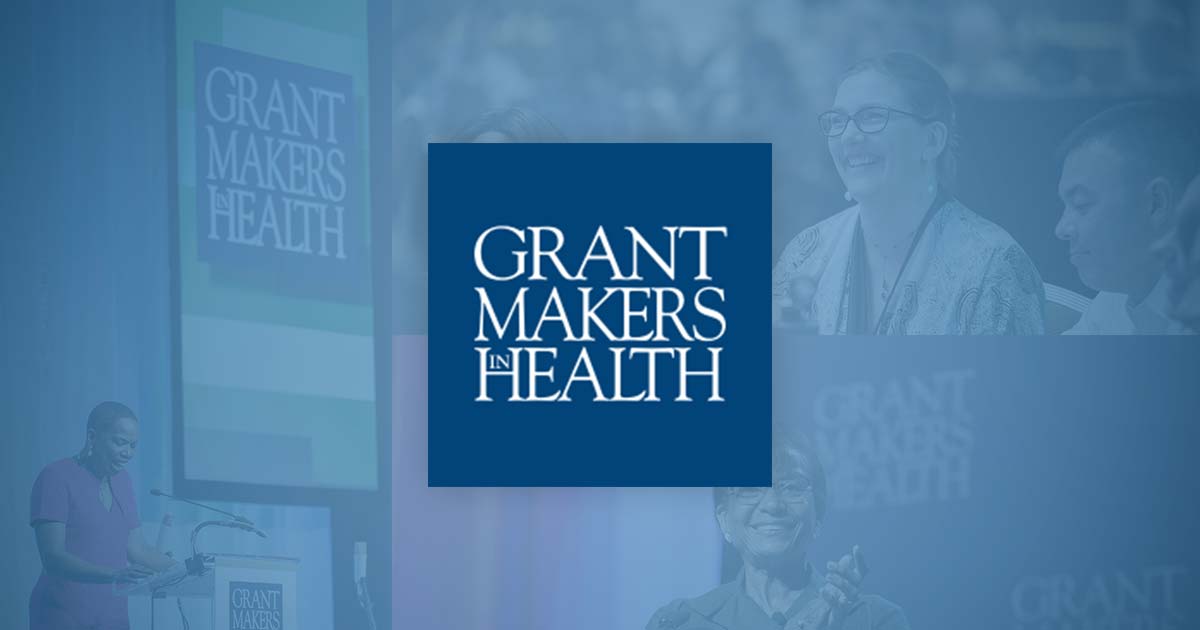Call for GIH Board Nominations
GIH seeks nominations for its board of directors for terms beginning immediately following the annual meeting in March 2013. Nominations are due September 6.
Nemours
Learn more about Nemours’ mission, vision, and approach in this Grantmaker Focus profile.
Integrating Health Services for People with Co-Occurring Mental Health and Substance Use Disorders
Care for people with co-occurring conditions remains terribly fragmented. Three separate systems exist—health, mental health, and substance use services— to care for each individual problem, each one with its own set of norms, culture, regulations, reimbursement process, and accountability.
2012 Terrance Keenan Institute Fellows Announced
GIH is pleased to announce the 2012 Terrance Keenan Institute for Emerging Leaders in Health Philanthropy fellows.
Dental Hub and Spoke Project Links Kansans in Underserved Areas to Dental Care
Kansas, like many states with a vast rural geography, has substantial areas with little or no access to oral health services. Studies of the Kansas dental workforce show 93 of 105 counties do not have enough dentists to serve their population.
The David and Lucile Packard Foundation
Learn more about The David and Lucile Packard Foundation’s mission, vision, and approach in this Grantmaker Focus profile.
Kaiser Permanente
Learn more about the mission, vision, and approach of Kaiser Permanente’s Community Health Initiative in this Grantmaker Focus profile.

